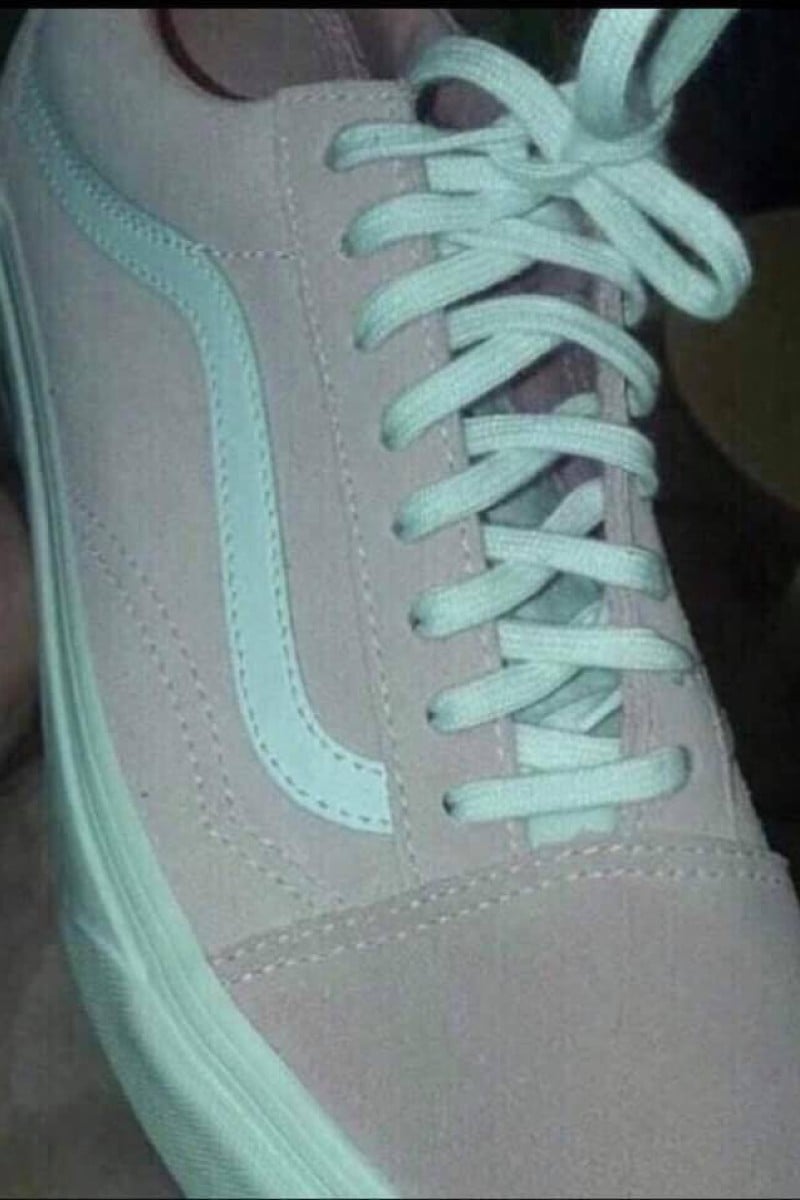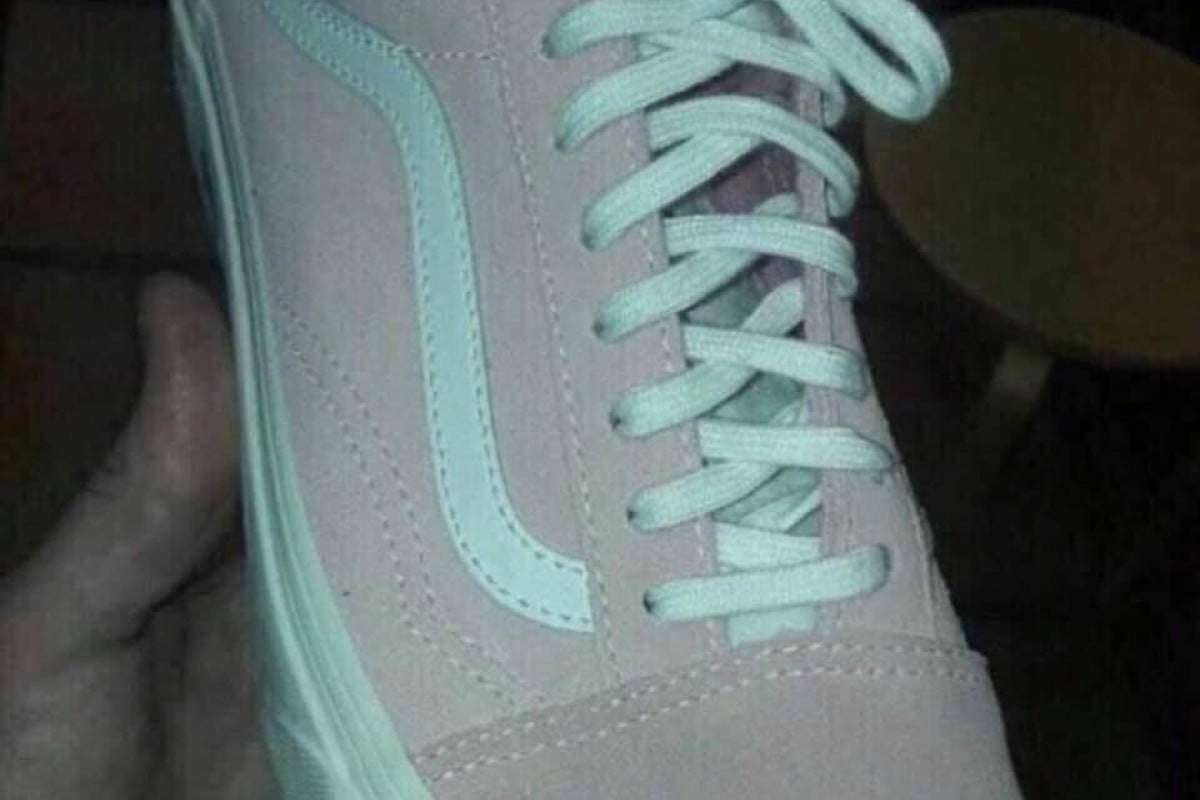
A University of Hong Kong neurology professor helped us understand why the Vans sneaker looks different to different people - and it has nothing to do with left and right brain dominance
 Pink and white or grey and green? What do you see? And does it change?
Pink and white or grey and green? What do you see? And does it change?Seeing a certain set of colours on a shoe has nothing to do with which side of your brain is more dominant. Four years after #TheDress debate broke the internet, another colour-perception enigma has surfaced on social media. This time around, the subject, referred to as both #theshoe and #shoegate, is a Vans sneaker.
Some people see the shoe as grey with green trim and laces, while others see it as pink with white trim and laces. Some netizens have added captions saying that the difference in perception depends on which side of your brain you use more: “left-brained” people are methodical and analytic, and see green, while more creative, artistic “right-brained” people see the pink version.
Young Post spoke to Raymond Cheung Tak-fai, a clinical professor from the neurology division at University of Hong Kong’s department of medicine, to break down the mystery.
Cheung first cleared up the idea that what colours you see in the photo said anything about your mental strengths.
“Sometimes people just really want to know where their talents lie, and they make claims without scientific grounds,” he said.
Regarding the actual colours of the shoe, Cheung said although to some people it might look green and grey, he suspected it was in fact pink and white. “Since the palm and thumb in the photo reflect some odd green light, I think the photo was taken in a dark environment with a green flashlight,” Cheung suggested.
“When the green light is projected onto the white shoelaces, they will come off as green. Also green plus pink equals grey.”
When asked about why different people see it differently, Cheung listed several factors. He said if one stared at the picture long enough, our brain would adapt to the colours and no longer be sensitive towards them.
“If you stare at the green shoelaces, you’ll realise after a while, they are not as green anymore. That is because our cells which are sensitive to green light adapt to the colour and are no longer stimulated by it. Therefore, the green will become white,” said Cheung.
He added that if fewer of these “green light” cells function, the cells which are sensitive to red and blue light might dominate and thus, the grey would appear pink.
Cheung said there were also other factors affecting how our vision worked. He said we are able to recognise different colours because our cone cells, that are responsible for colour vision, are sensitive to certain lights.
As we get older, our perception of colour can also start to fail. Macular degeneration happens because there are fewer light-sensitive cells on our retina. Cheung also said colour sensitivity varies from person to person, as some people might be born with larger number of cone cells, so it’s not surprising that we perceive colours differently at times.
Cheung said getting older also caused the lenses of our eyes to become yellow. “It’s as if you’d put on yellow sunglasses. Everything that you see is filtered by a yellow layer,” said Cheung. “Then, grey may appear to be pink as the yellow reduces the green light intensity.”
He further explained that the brightness of the picture could affect what we see. The brighter the picture is, the closer we can get to recognising the real colours, as our cone cells are stimulated by light.
Last but not least, he did an experiment that you might want to try: if you increase the saturation level of the picture, you might be more likely to see pink and white.
He said this exercise imitates the activities of our sensitive cone cells. The saturation imitates our sensitivity towards differently coloured lights. If we are more sensitive to the colours, meaning more of our cone cells are activated, we could more accurately determine the real colours of the shoe.
You may also like
The science behind The Dress that broke the internet
How do you write the letter X? People have Strong Feelings about this
People are as divided over things they hear as things they see, as we learned with Yanny/Laurel
